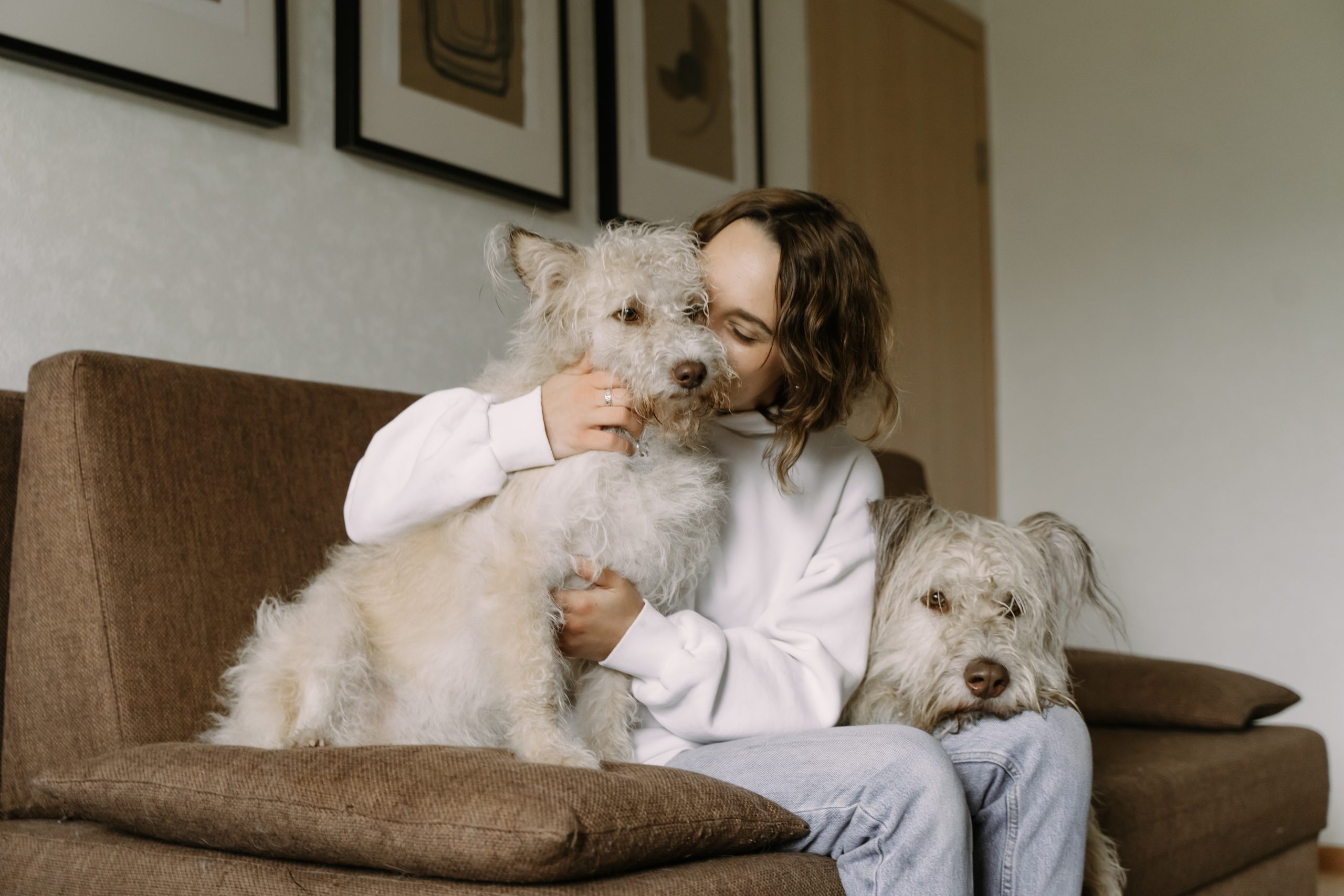It’s so easy to overlook our companion animals when we’re planning for emergencies. Time and again, we see news stories of animals that were left behind to weather natural disasters on their own. Many such animals don’t fare well and it’s often a huge source of distress to their owners and families – even after the disaster. Thankfully, there has been a lot of government focus on pet emergency evacuation, and facilities have been put in place to that effect. Now all you have to do is create a pet preparedness plan and include it in your family emergency plan. Planning ahead will not only help you keep your pet safe in an emergency, but it can also increase their post-emergency resilience.
To keep your pets safe and their chances of surviving emergencies or disasters high, you have to:
Plan ahead
Start by ensuring your pet has proper identification. Collars and ID tags must fit properly to reduce the chances of their coming off. Check to make sure the contact information on the tag is current. If you haven’t gotten your pet microchipped, we recommend you do so. It’s a permanent form of identification and proof that you’re your pet’s rightful owner. A microchip is also a great means of identifying smaller and exotic pets. You can also consider putting a GPS tracker on your pet.
Find out if your local authorities have a pet evacuation plan and consider signing up for it. If you’d rather evacuate with your pet, find out in advance whether the place you plan to shelter in has a pet-friendly policy. You can also make arrangements with out-of-town friends who wouldn’t mind taking your pet in. Your veterinarian is a good place to start asking these questions if you’re wondering how to go about this. Write down the addresses and emergency numbers of 2 or more facilities you decide on.
You may not be home when things go down. Factor that into your plans; arrange with a neighbour or friend to check on your pet. Depending on the severity of the emergency, they may have to bring them to you at an agreed location; or hold them till authorities or your vet pick them up.
You may be asked to shelter at home in an emergency; plan to bring your pet into the house – and don’t forget their stuff.
Pack a pet emergency or disaster kit
Ensure your pet is as comfortable as possible wherever they’re sheltering by packing a pet disaster kit in advance. Your pet disaster kit should contain:
- Non-perishable or canned food (about a week’s worth)
- Water (about a week’s worth)
- Daily medication (up to 2 weeks dose)
- First aid
- Important records e.g. vaccination history, medical history, prescriptions, your contact information, insurer’s contact number (if your pet is insured), vet’s contact number, etc. These should be placed in a waterproof pouch.
- Leashes, harnesses, or carriers. They should be sturdy and readily available by your exit door or in your car.
- Muzzle (pets might react badly when they’re scared or distressed; cat and dog muzzles are easy to find)
- Litter box and litter material
- Favorite toy or blanket for comfort
A few tips for evacuating exotic pets
For transporting smaller mammals and rodents, use a suitable carrier; one that’s the right size for them, and from which they can’t escape. Transport lizards and amphibians in reptile carriers. And snakes in a cloth bag (pillowcase) and place them in a plastic container. For pet birds, a travel cage can come in handy. Having the right type of carrier for your pet will make it easy to evacuate with them. And in the case of small pets, the carriers can act as temporary homes for them during crises. This is certainly important if you want to keep your pet safe in an emergency.
Important: Practise evacuation drills with your pets. Use their carriers, leashes, harnesses, and any appropriate restraining equipment. It’s a great way to get ready for real-life situations and will help your pet get used to them and the process.
Being prepared to evacuate your pets before things get bad can also help you fare better in an emergency. For one, you won’t have to consider staying behind as you can’t bear the thought of leaving them to weather the storm alone. You’ll have peace of mind knowing they’re safe and provided for. Moreover, preparing their own disaster kit means yours will last as long as planned. After all, no conscientious pet owner will let their pet suffer if they have a way to help. And before they know it, they’ll be running out of supplies.
